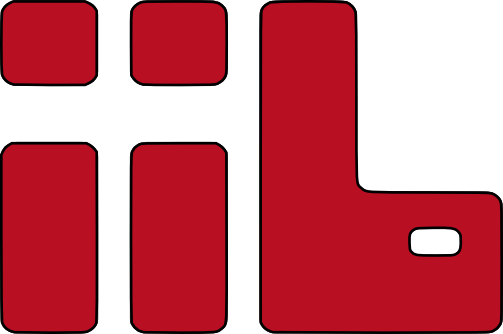Jimenez Carreño, Juan Jose: Digitale Transformation des Baumängelmanagements durch Visualisierung des Plansolls auf Basis von BIM-Modellen im IFC-Format
Master thesis
Digital transformation of the construction deficiency management by visualization of the planned project based on BIM models in IFC-format
Dealing with defects is a typical responsibility of construction management. One has to take deficiency in construction works for every construction project into account. These can have their origin in the lack of competence in the execution as well as in the complexity and the unique character of buildings. They also arise due to a lack of clarity of the agreed condition for a construction work. Identifying, recording, managing and eliminating defects is time-consuming and costly.
In the course of time, certain processes and documents for construction defect management have proven themselves. The introduction of BIM and new technologies such as Virtual Reality and Augmented Reality in the construction industry now open up new possibilities for digitizing and optimizing construction defect management. This master thesis examines these new possibilities and presents a concept for the digital transformation of construction defect management. To implement the concept, a mobile application was developed that visualizes the plan target in the form of a BIM model in open IFC-Format with the help of augmented reality. This should give the user, e.g. a site manager, the possibility to visually compare the actual state with the plan target by means of a mobile device. The mobile application for Android was developed with the game development environment Unity and the development platform for augmented reality applications Google ARCore. The aim was to investigate the extent to which visualization with augmented reality can optimize defect detection and management.
This master thesis offers a detailed research and analysis on the legal and construction fundamentals of construction deficiency management and on indoor positioning methods for the visualization of augmented reality content. Finally, an outlook is given on the optimization possibilities for the visualization of augmented reality content with regard to construction defect management.



